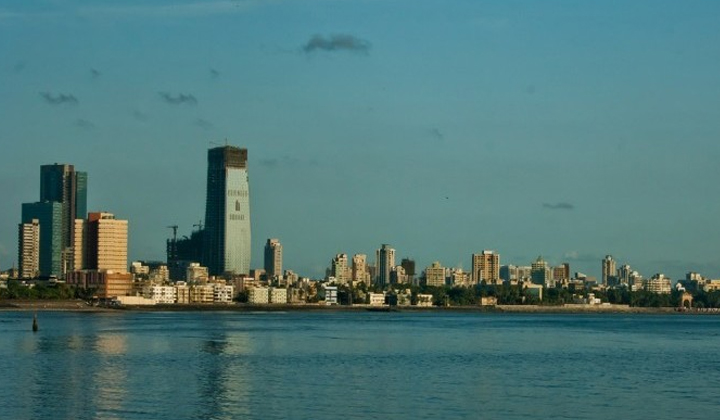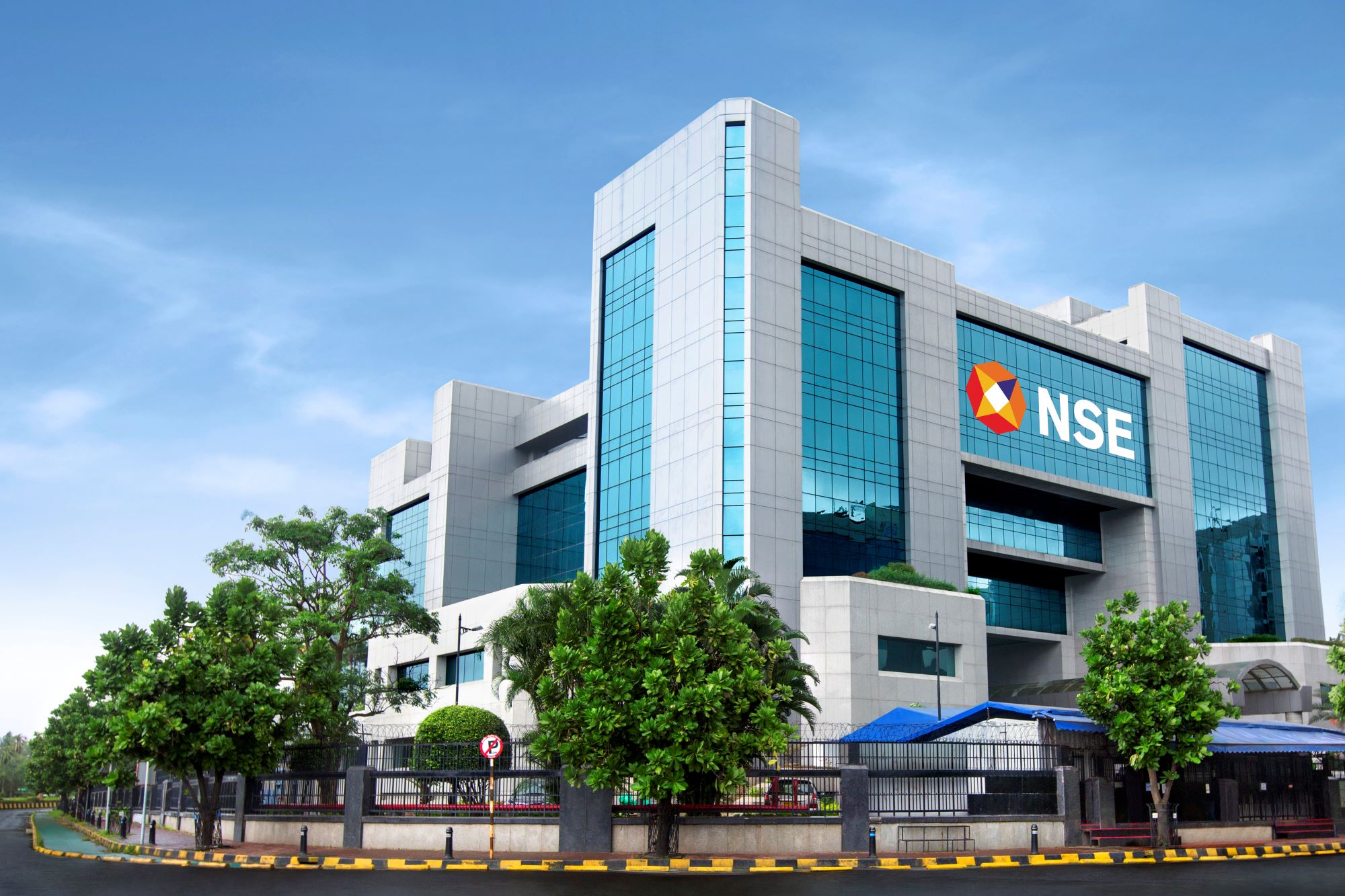Trending Now
- The film where Bobby Simha and Yogi Babu are scheduled to act together is titled ‘Nonviolence’.
- NTK leader Seeman yields a challenge. Vows to dismantle party if BJP gets more votes than his party in the constituencies that they are contesting .
- EPS condemns Kerala govt for having sent a letter to Centre seeking to construct a new dam after demolishing the Mullaiperiyar Dam.
- Schools to reopen on June 6 for students from Class 1 to XII in TN : Education Department
Real Estate
Real estate meltdown, yuan fall and bank NPAs: Why we will be living dangerously in 2016
![]() January 25, 2016
January 25, 2016
The rally that began in the Indian market when Raghuram Rajan took charge of the RBI in September 2013 lasted until March 2015 when the Sensex hit 30,000. The first twelve months of this rally was largely driven by FIIs as they loaded up on India in the run-up to the 2014 General Elections and for a few months thereafter.
However, by the early months of 2015, FII equity inflows began to peter out as corporate earnings growth stagnated. The last time corporate India produced such dismal results in terms of revenue and profit growth was during the 2008 financial crisis, the year in which the Sensex halved.
ReutersThe Sensex could fall to 22K, if the rupee comes under pressure. Reuters Now, in the opening month of 2016, we are seeing the beginnings of a correction which is bringing back memories of 2008. To put things into perspective, since May 2015, FIIs have sold Indian equities worth Rs 50,600 crore whereas DIIs (driven by inflows into mutual funds) have bought Indian equities worth Rs 61,300 crore (this data is as of December 2015).
So what’s going on? Why are FIIs losing their enthusiasm for Indian equities even as they enthusiastically invest in Indian debt? Why are corporate earnings not growing quarter after quarter in a country where real GDP growth is 7%? And what does this portend for the Sensex?
Problem #1: The stressed banking system
I reckon the Indian banking system is entering a very difficult phase as:
a) the RBI pressures the banks (correctly, in my view) to provision more for stressed assets, a development that seems likely to erode at least 10% of the banking systems’ book value over the next year; and
b) the corpus of stressed assets grows further from the current 13-14% (of system assets) in the wake of growing distress in the metals sector (10% of system assets), real estate (20% of system assets) and agriculture (10% of system assets).
A range of discussions with economists and bankers point to growing distress inside the system. As Ajay Shah put it in a brilliant piece for the Business Standard in December 2015, when a country’s nominal GDP growth falls well below its interest rates (as is the case in India now), the country gets caught in a debt trap (or what Ajay calls a “balance sheet recession”) in which corporates’ main focus is on survival rather than growth.
To quote from that piece, “The single dramatic fact about Indian macro in the last decade is that corporate fixed investment has dropped from 16% to 8% of GDP. This focuses our minds of creating an institutional environment that is conducive for firms to invest more. However, when firms are overstretched on their debt, their first priority is survival and their second priority is paying down debt so as to come to a safer place. Economic agents who are keen to pay down debt, in a balance sheet recession, will not spend and will not invest, and will not respond to the normal macroeconomic tools that aim to stimulate spending or investment.”
Problem #2: The sliding Yuan
Over the past year and a half I have been of the view that the Chinese currency will devalue sharply in the coming years as the 40% revaluation on the yuan to the yen over the past five years has clearly eroded China’s competitiveness.
This will create major issues for India which in all likelihood will trigger a 10-15% INR/$ devaluation (over a 2-year timeframe) because while India’s current account deficit is 1.5% of GDP, India’s trade deficit with China has moved from almost zero 10 years ago to around $50 billion (2.5% of GDP) now.
China accounts for 20% of India’s non-oil imports and is the biggest importer into India. As the Indian currency slides, Indian corporates who have borrowed heavily abroad and in India are that much more likely to default on their obligations to Indian banks.
Problem #3: The real estate meltdown
Real estate accounts for 10% of economic activity in India and this mega sector is clearly unwinding. Transaction volumes continue to be very low and new launches have all but dried up (we can count on the fingers of one hand, developers who have been able to find demand for new launches). Cement demand continues to be the weakest it has been in 20 years. Developers are increasingly struggling to repay banks and housing finance companies and developer defaults are becoming common place now (read this for example).
The sector is the biggest employer in India as 1 in 3 non-agri jobs in India is linked to this sector. Ever since the post 2011 erosion in power-infra capex in India, real estate has been India’s biggest capex driver (accounting for 40-50% of capex in recent years).
Real estate loans are the biggest lending segment for the banks – we reckon at least 20% of the Indian banking system’s assets are exposed to a real estate slowdown. My discussions with a broad ecosystem of land owners, developers, lenders and corporate financiers suggest that we are heading towards a serious challenge here.
Impact on the economy
In light of the above, in August 2015 we downgraded our GDP growth estimate for FY16 from 7% YoY to 6.8% YoY (vs 7.3% YoY recorded in FY15), well below the consensus estimate of 7.5%. We have since said we do not expect GDP growth to improve materially in FY17.
Our sub-consensus view on GDP growth translates into a corresponding view on earnings growth which in turn leads us to believe that over the next 12-18 months, it is unrealistic to expect the Sensex to rally by more than 10-15%.
In fact, given the elevated level of stress in the Indian banking system combined with the gradual deterioration of the gigantic Indian real estate sector, there is a real risk that the Sensex could fall to 22K especially if the rupee comes under pressure in the wake of further devaluation of the Chinese currency.
The author is CEO – Institutional Equities, at Ambit Capital and the author of “Gurus of Chaos: Modern India’s Money Masters”. He writes here in his personal capacity.
























